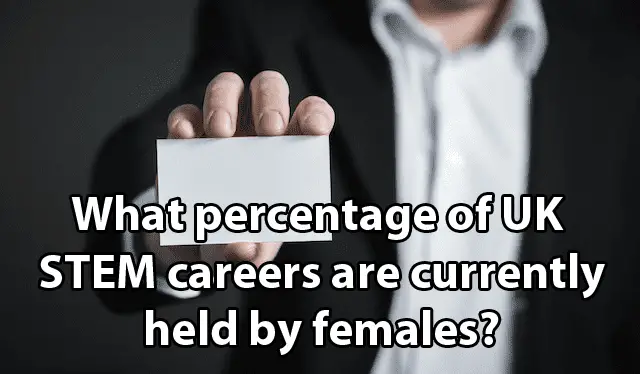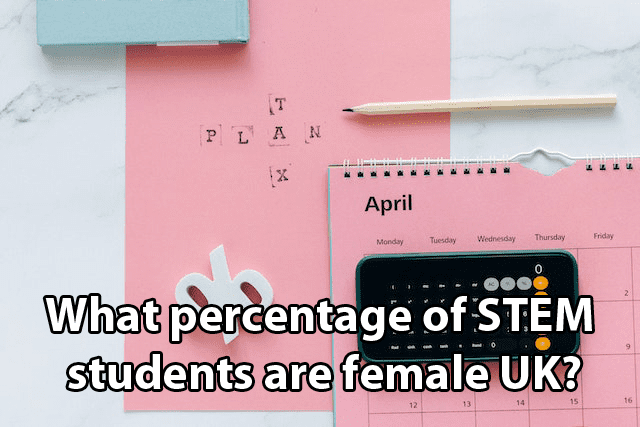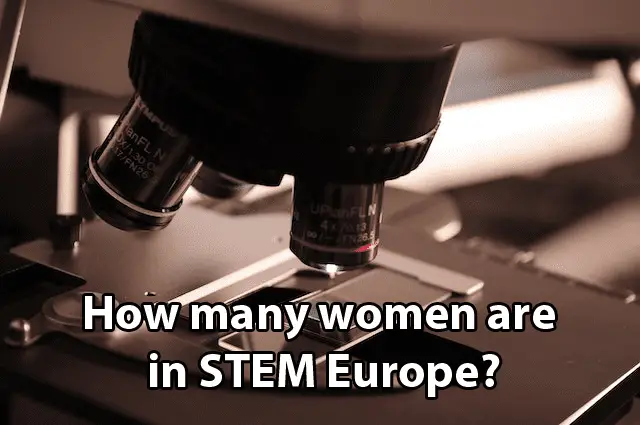
In the modern narrative of progress and innovation, the call for diversity, equity, and inclusion echoes louder than ever. However, within the realm of Science, Technology, Engineering, and Mathematics (STEM), a paradox persists—one that intertwines progress and persistence, opportunity and obstacles: the Female STEM Paradox.
Unpacking the Paradox:
Representation vs. Reality:
The Female STEM Paradox embodies the discrepancy between the growing representation of women in educational STEM programs and the persistent underrepresentation in STEM professions. Despite significant strides in enrollment, the transition from academia to professional STEM careers remains elusive for many women.
Enrollment Surge, Professional Gap:
Statistics reveal a surge in female enrollment in STEM fields at educational institutions. Yet, as career trajectories unfold, fewer women ascend to leadership positions or pursue long-term careers in STEM-related industries.
Understanding the Factors:
Societal Norms and Stereotypes:
Deep-seated societal norms and stereotypes perpetuate misconceptions, nudging women away from STEM career paths. Historical gender biases, assumptions about innate abilities, and societal expectations often mold career choices, impacting women’s decisions in STEM.
Workplace Cultures and Environments:
Challenges within STEM workplaces, such as lack of diversity, unconscious biases, and inadequate support systems, create an environment where women encounter obstacles to professional growth and recognition.
Addressing the Paradox:
Empowerment through Education:
Early exposure, encouragement, and mentorship programs play a pivotal role in nurturing interest and confidence among young girls in STEM. Equitable access to STEM education and fostering a supportive learning environment are crucial.
Breaking Stereotypes and Bias:
Challenging stereotypes and biases demands a concerted effort across societal, educational, and workplace spheres. Initiatives that promote inclusivity, celebrate achievements, and offer equal opportunities foster an environment conducive to gender diversity in STEM.
Initiatives and Progress:
Role of Advocacy and Support:
Numerous organizations, institutions, and advocacy groups champion gender diversity in STEM. Programs encouraging women’s participation, supporting career advancement, and advocating policy changes propel progress.
Celebrating Women in STEM:
Highlighting the achievements and contributions of women in STEM serves as an inspiration and a catalyst for change. Recognizing trailblazers and promoting their stories showcases the potential and impact of women in these fields.
Conclusion:
The Female STEM Paradox underscores the multifaceted challenges faced by women in STEM—a complex interplay of societal constructs, workplace dynamics, and personal aspirations. Progress in resolving this paradox hinges on a collective commitment to dismantling barriers, fostering inclusive environments, and empowering future generations of women to pursue and thrive in STEM careers.
In bridging the gap between representation and professional attainment, the journey towards true gender equality in STEM demands an unwavering commitment from educational institutions, workplaces, policymakers, and society as a whole. Only through collaborative efforts and a concerted dedication to inclusivity can the paradox be unraveled, paving the way for a more diverse, equitable, and innovative STEM landscape.

















